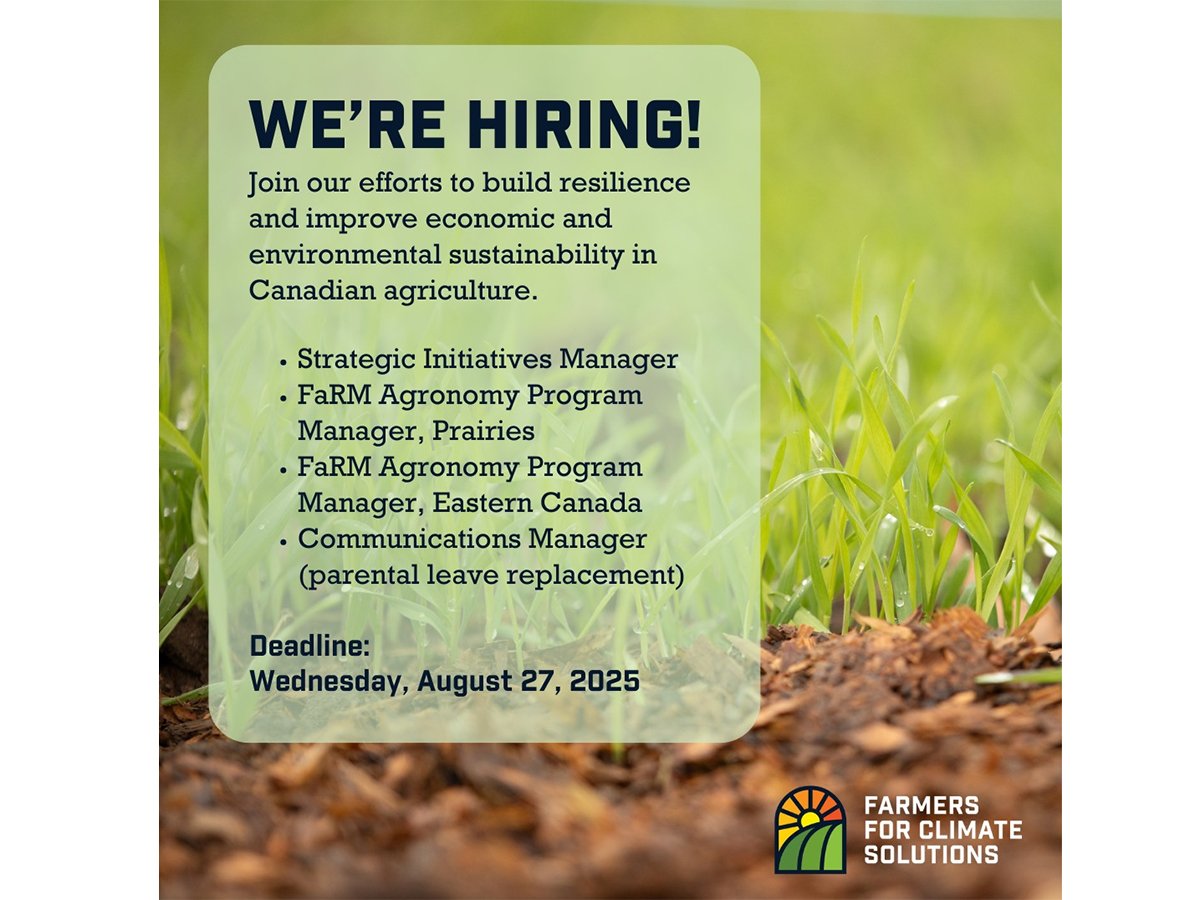Lead a discussion | Take on the critics by plopping your butts down next to them and comparing notes, says rural advocate
Bruce Vincent, a logger and rural advocate, has a piece of advice for Canadian cattle producers: defending industry practices doesn’t work because defence isn’t an effective public relations strategy.
Too often, he said, loggers, miners, farmers and others like to play a public relations game that he calls reverse jeopardy, in which industry associations provide answers to questions the public isn’t asking.
“Instead of screaming our truths at them, we need to take a step back and listen, to find out what their concerns are,” Vincent said in an interview prior to his scheduled appearance at the Manitoba Beef Producers annual meeting held in Brandon Feb. 4-5.
Read Also

Environmental farm group has Ottawa’s attention
In 2021, Farmers for Climate Solutions published a report on how Canada should reduce emissions from agriculture. Not long after, the federal government implemented most of the recommendations in the report.
Vincent, a third generation logger from Libby, Montana, is a board member of several forestry and environmental associations and regularly speaks to agriculture and resource industry groups across North America.
He learned the do’s and don’ts of public relations the hard way, when environmentalists wanted to shut down the logging industry in his state.
Like other loggers, Vincent be-longed to the Montana Logging Association and attended meetings several times a year, but he was passive until it became apparent that environmental groups had convinced the public that logging equaled ecosystem destruction.
In response, he participated in public demonstrations and marches, defending loggers and the forestry industry.
“I was the guy with the bullhorn,” he said.
He later realized that yelling back at critics and shouting slogans to the public does not work.
“We were doing a noble job of fighting, but it’s not the same as leading…. We should have been advocating … for a sustainable forest future.”
The timber industry eventually learned it had to back away from the fight, listen to the public and speak to its critics, which helped move the industry forward.
He said cattle producers, farmers and others in rural industries need to understand that advocacy, conversation and discussion aren’t a sideline activity. They should be a line item in a business plan.
“Ag, timber or mining or fishing or anything that deals with the environment, we have a social licence. And society has an interest in our licence…. Figuring out how to lead this discussion, being engaged in the discussion needs to be part of doing business.”
And cattle producers shouldn’t rely on their provincial or national associations to fight battles for them, he added.
“It’s not the job of the association to telegraph our answers. The job of the association is to prepare us with the tools … so we can talk to our neighbour.”
With that in mind, he said there are two rules regarding public relations and public policy that farmers need to know:
- Democracy works but it’s not a spectator sport.
- The world is run by those who show up.
Yes, it is frustrating that a vocal minority often has an oversized influence on public policy when it comes to things like animal welfare and water quality. However, if you can’t beat them, join them, he said.
“We can complain that some religious zealots that show up and demean us, or we can plop our butts down next to them and compare notes.”
Kelly Daynard, communications manager with Farm & Food Care Ontario, which has the mandate of providing credible agricultural information, said farmers are becoming more engaged through tools like Twitter.
“Until the advent of social media, there was always an unfair playing field when it came to anti-agricultural groups. Some of those movements are really well funded … and they would tell their stories, put up their billboards and their advertising campaigns and we never had the ability to touch them … because we just don’t have the finances.”
Vincent said there is an entrenched conflict industry in North America, which depends on causes for its existence. As soon as it has resolved one issue, it needs another to survive.
Those groups may never accept agricultural practices and have been successful at converting issues like growth promotants into a black and white issue.
“They have simplified the discussion into an either/or…. Should we allow beef producers to pump up their beef with hormones and sell it to an unknowing public or not?” Vincent said.
“We’ve done a terrible job of figuring out the public’s real concerns and how do we answer them.”
Vincent said farmers have to engage directly with folks who demonize agricultural practice because that discussion is already occurring.
“I think we are in a conversation with them whether we want to be or not. The question is, do we just want the conversation reported on the front page,” he said.















